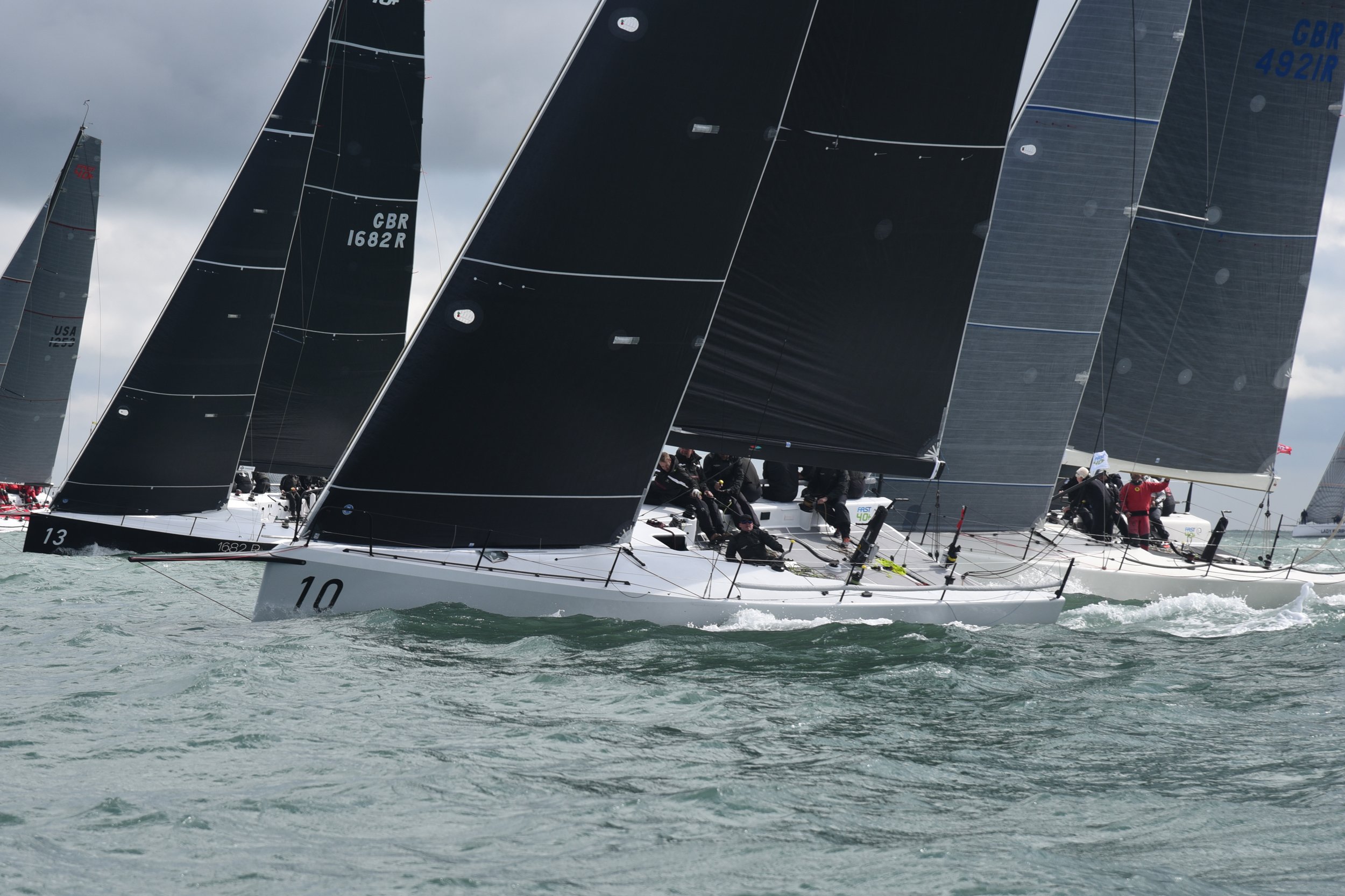
Why did we start with sail recycling?
What we do // Sustainable Sails
Sails can be plastics or composites
Sail cloth spans the continuum of modern plastics technologies, from woven Nylon and PET fabrics, which are chemically very similar to ordinary clothing, all the way to high technology carbon fibre composites, which are chemically close to Formula One cars or America’s Cup boats. This chemical complexity means any recycling solution for sails can also be used for everything from clothing, to end of life boats, wind blades or car bodywork.
Sails are designed to be durable, high performance and UV resistant, to ensure all can sail to their maximum potential. This means there are a lot of additives and coatings which chemically “poison” common recycling technologies. This is also why a lot of clothing, wind blades and car body work can’t be recycled easily. So we have had to develop something brand new: Extricko.
When we started, less than 1% of sail cloth had a second life after its time on a boat. If it did have a second life it was generally as a bag or jacket. This is very normal for the composites and technical textiles industry sadly.
This meant that the other 99% of sails were incinerated or landfilled (sometimes after decades of storage). This has had an enormous environmental impact. Sail cloth manufacture produces a lot of greenhouse gases and, when landfilled, they release a lot of microplastics which can leach out of landfill sites. Not only that but these microplastics also accumulate heavy metals as they seep out of landfill sites. Without intervention, this is going to continue to be an issue as most sail cloth doesn’t degrade in landfill and we keep producing sails. This is the same issue facing the composites industry more widely, so sails are an ideal launchpad to scale operations to address the composites industries needs.
The sail cloth market is bigger than you might expect
The sail making industry was valued at over $500 million in 2022 and produces 13 million square metres every year. This is about 2000 tonnes of sails, which would cover the same area as Greater London if laid out. About the same amount of sails reaches the end of life every year.
With over 1.5 million yachts and 1 million dinghies globally and market growth of 3% annually, this source of waste is one which is both growing and is not being addressed within the industry.
Sails are now being used on ships once more, because sails can be used to generate power or motile force. The wind assisted shipping market is already valued at USD$ 1 Billion (International Windship Association., 2023) and is growing rapidly. So sails are becoming more common.
What have we been doing about it?
With a growing market, large environmental impacts and extremely limited solutions for end of life sails, we embarked upon our Sustainable Sails program to develop recycling solutions for all sail cloths currently on the market.
Our research and development program has been successful and Sustainable Extricko has been the world’s leading sail recycling company since 2022. We can recycle all sail cloths ever built and are working with organisations to ensure future cloths are recyclable by design.
Sail recycling is now available across the UK for individual sailors, teams and organisations such as sail makers.
As we scale up, we are already applying these technologies to other industries such as wind blades and car body work.
Our Project Partners
This project fits into the UN sustainable Development goals framework
Promote sustained, inclusive and sustainable economic growth, full and productive employment and decent work for all
Build resilient infrastructure, promote inclusive and sustainable industrialization and foster innovation
Ensure sustainable consumption and production patterns
Take urgent action to combat climate change and its impacts
Conserve and sustainably use the oceans, seas and marine resources for sustainable development














